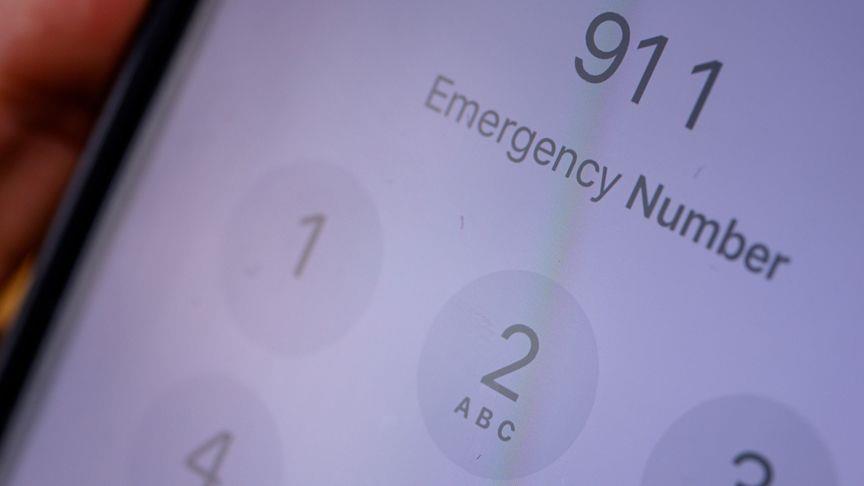It has been a week since Suffolk County grappled with a 911 emergency system outage, which lasted over twelve hours and highlighted the importance of reliable communication in emergencies. As the community reflects on this incident, the focus has shifted to learning from this experience and bolstering system reliability.
The trouble began on a Monday evening, around 6 p.m. when Suffolk County Police announced intermittent disruptions in their 911 service. They promptly provided an alternative emergency number, 631-852-COPS, ensuring residents could still reach emergency services.
This issue was not confined to a single area; several East End agencies reported similar problems. By late Tuesday morning, the service was back online, a relief to the county's residents and officials, including County Executive Steve Bellone.
Verizon, the telecom provider at the heart of the outage, cited a network issue affecting specific departments, including the Riverhead Police Department, Southampton Town Police Department, and East Hampton Village Police Department. The cause was traced to a failed piece of equipment. This incident also momentarily affected AT&T wireless callers, underscoring the interconnected nature of our communication infrastructure.
Nassau County, in contrast, reported no such issues, indicating a disparity in the resilience of neighboring counties' emergency systems.
The Suffolk County incident is part of a larger pattern in U.S. emergency services. The Federal Communications Commission (FCC) has documented numerous 911 outages over the past decade due to various causes, from technical glitches to coding errors. These occurrences are more frequent than most might assume, often linked to challenges updating aging emergency infrastructures to align with modern mobile technologies.
 |
| File Photo |
A week after the Suffolk outage, specific data on the number of impacted calls remains undisclosed. However, the incident has ignited a discussion within the community on enhancing the resilience of emergency communication systems. This situation serves as a reminder of the necessity for continuous technological upgrades and investments to ensure reliable access to emergency services.
As Suffolk County moves forward from this episode, it is expected to catalyze reevaluating and strengthening its emergency communication systems. The primary goal is to guarantee that when residents reach out for help in times of crisis, their calls are answered without delay.
The focus now is on learning from this experience and applying these lessons to prevent similar occurrences in the future, ensuring that the safety and well-being of Suffolk's residents remain a top priority.
